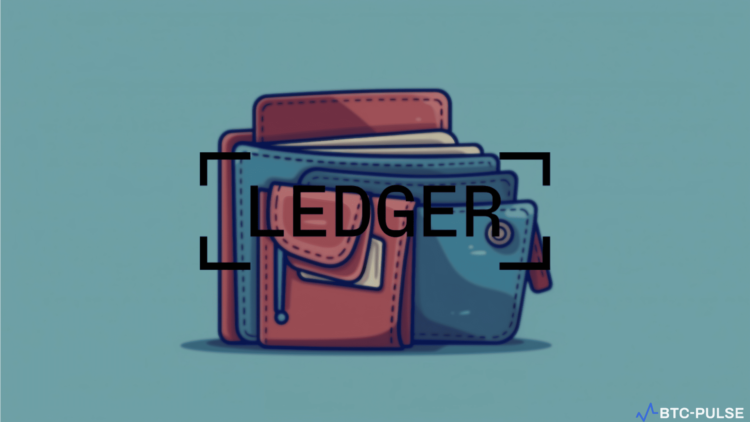Overview of the Ledger Security Breach
The recent security breach in Ledger’s connector library marks a significant event in the realm of cryptocurrency security. Blockchain analysis platform Lookonchain reported a loss of at least $484,000 due to the hack. While Ledger has yet to confirm these figures officially, the potential financial impact is substantial.
Initial Detection and User Alerts
The hacking incident was first brought to light on December 14 by vigilant users on social media platforms like Twitter. They noticed a compromise in a popular Web3 connector, which led to the injection of malicious code across various decentralized applications (DApps).
Affected Protocols and Extent of Damage
Several high-profile protocols such as Zapper, SushiSwap, Phantom, Balancer, and Revoke.cash were affected by this breach. Concerns were raised about the vulnerability possibly extending to other similar programs beyond LedgerHQ/connect-kit.
MetaMask’s Response and User Guidance
MetaMask, a widely-used wallet provider, acknowledged that its users were also impacted by the hack. They promptly deployed an update (version v2.121.0) to mitigate the issue, urging users to update their software for continued secure transactions.
Ledger’s Immediate Action and Recommendations
Within hours of the attack, Ledger replaced the compromised file with a secure version. The company emphasized the importance of “Clear Sign” transactions to its users, advising them to verify transaction details on their Ledger device screens for authenticity.
Proactive Measures by Protocols and Tether’s Intervention
Post-incident, several protocols disabled the compromised library as a precaution. In a notable move, stablecoin issuer Tether froze the exploiter’s address, as confirmed by Paolo Ardoino, to prevent further misuse of stolen funds.
Conclusion
This incident serves as a stark reminder of the ongoing challenges in ensuring the security of decentralized networks and digital assets. As the investigation continues, the crypto community remains vigilant, underscoring the need for robust security measures in the evolving landscape of digital finance.










